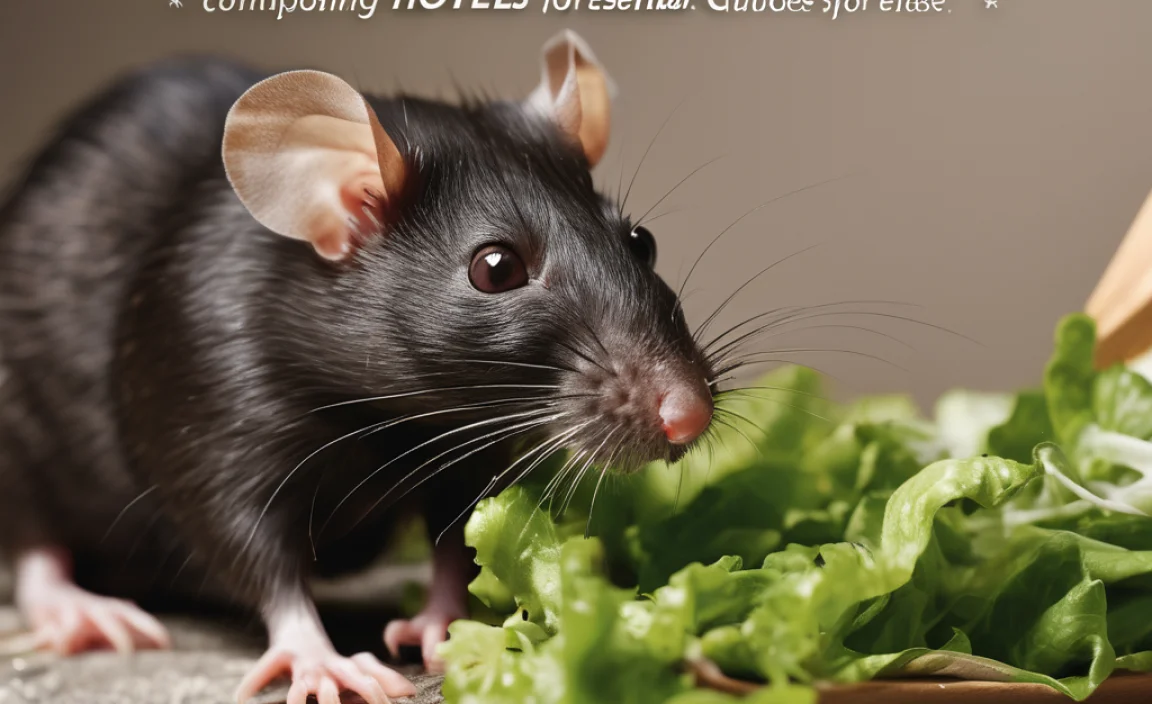Hey there, fellow eco-warriors! Troy D Harn here from TopChooser. Ever feel like managing hotel waste is a bit of a puzzle? You’re not alone! Hotels toss a lot of food scraps and other organic stuff. But what if I told you there’s a super effective way to turn that waste into something good?
Composting is the answer, and training your hotel staff on it is key. It’s not as complicated as it sounds, and I’m here to break it all down for you. We’ll go step-by-step, so you’ll feel confident turning your hotel into a composting pro destination. Ready to dig in?
Composting For Hotels Training: Your Essential Guide
Running a hotel means dealing with a lot of different materials. From kitchen scraps to guest room waste, the volume can be staggering. A big chunk of this waste is organic material that could be composted. This isn’t just good for the environment; it can also save your hotel money and boost its image.
But to make composting work, everyone on your team needs to know what they’re doing. That’s where proper training comes in. This guide is designed to be your go-to resource for setting up and running a successful composting program in your hotel. We’ll cover the basics, the benefits, and the practical steps to get your staff trained and ready.
Why Composting Matters for Hotels
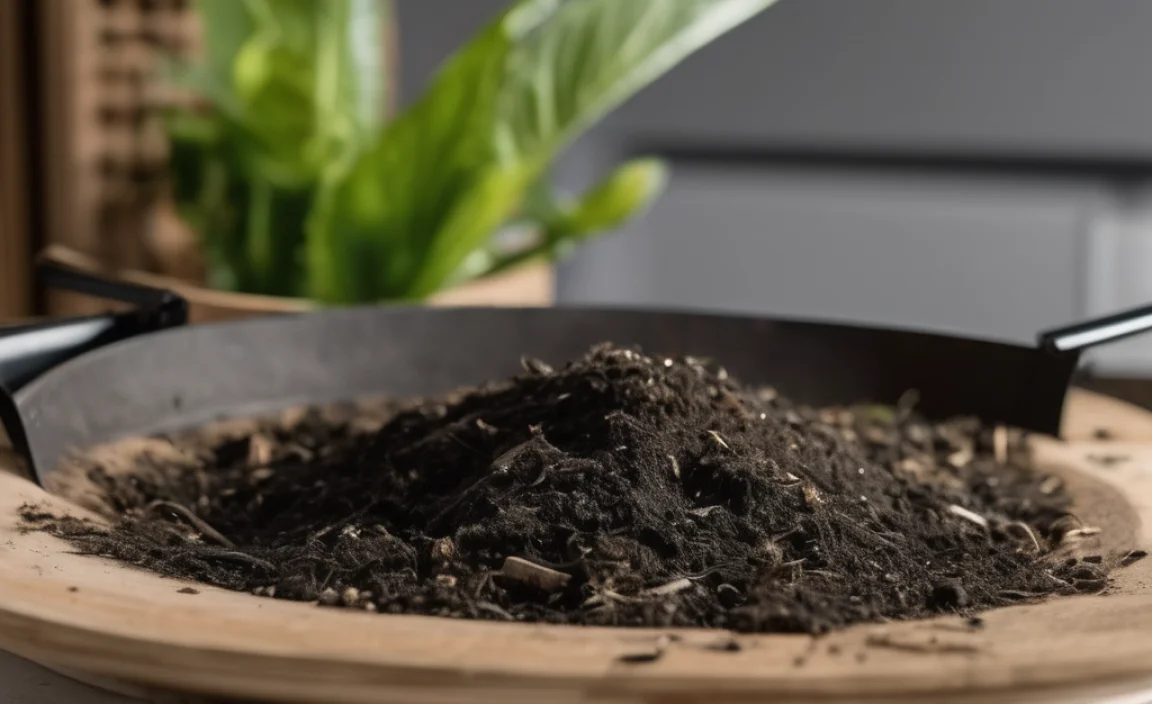
Before we dive into the training itself, let’s chat about why this is such a big deal for the hospitality industry. Hotels can generate a significant amount of organic waste. Think about it: leftover food from restaurants, prepped produce in the kitchens, uneaten meals from room service, and even some items from guest rooms like coffee grounds and tea bags.
When this organic waste ends up in a landfill, it decomposes without oxygen. This process creates methane, a potent greenhouse gas that contributes to climate change. Composting, on the other hand, is an aerobic process (meaning it uses oxygen) that breaks down organic matter into a nutrient-rich soil amendment called compost.
Here are some of the top benefits of composting for hotels:
- Reduces Landfill Waste: Diverting organic materials significantly cuts down the amount of waste sent to landfills, which can lower waste disposal fees.
- Environmental Stewardship: Methane reduction and the creation of valuable compost make your hotel a leader in sustainability.
- Cost Savings: Less waste hauling means lower costs. Plus, the compost can be used in hotel landscaping, reducing the need to buy soil.
- Enhanced Brand Image: Guests are increasingly looking for eco-friendly businesses. A visible composting program shows your commitment to sustainability, attracting environmentally conscious travelers.
- Community Engagement: Partnering with local farms or community gardens to use your compost can strengthen ties and create positive PR.
- Regulatory Compliance: Many regions are implementing or considering composting mandates. Starting early prepares you for future requirements.
Understanding the Basics: What Can Be Composted?
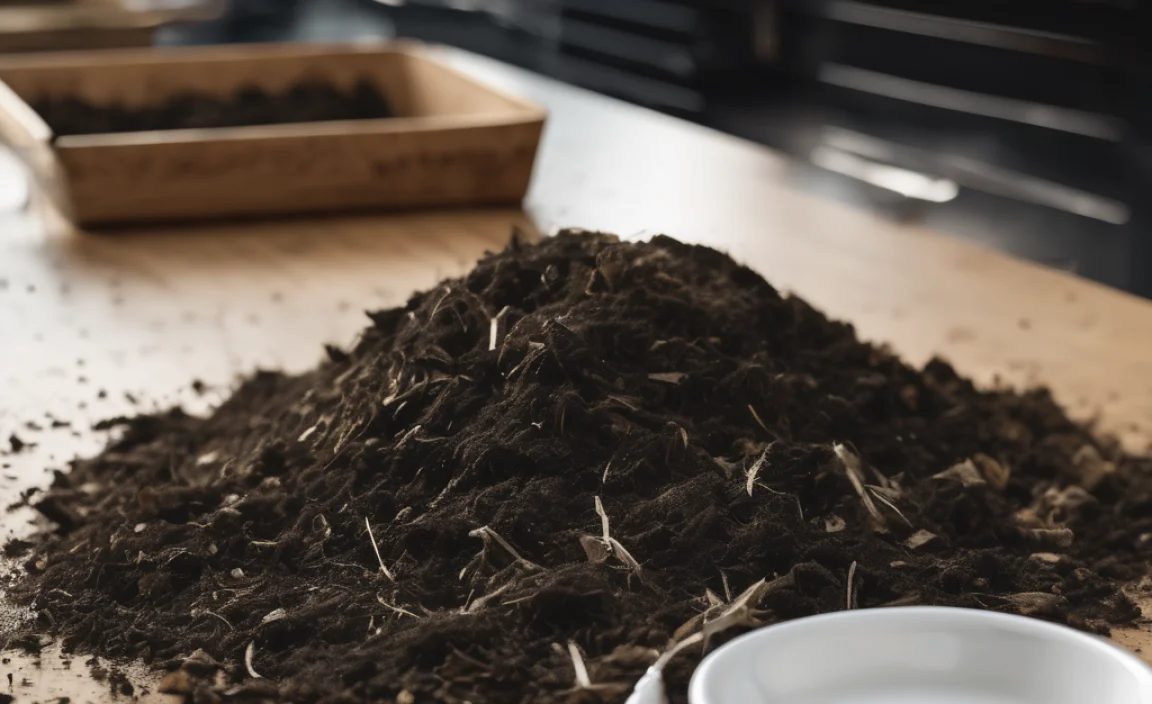
For effective hotel composting training, your staff needs to know exactly what goes into the compost bin and what stays out. It’s all about understanding the “greens” and “browns” (nitrogen-rich and carbon-rich materials) and avoiding contaminants.
“Greens” (Nitrogen-Rich Materials): These materials are typically moist and break down quickly, providing nitrogen for the composting process.
- Fruit and vegetable scraps
- Coffee grounds and filters
- Tea bags (paper filters are okay, but remove staples and plastic wrappers)
- Eggshells (crushed)
- Fresh grass clippings
- Plant trimmings
“Browns” (Carbon-Rich Materials): These materials are usually dry and provide carbon, helping to balance the compost and prevent odors.
- Paper napkins and towels (unsoiled, or lightly soiled with food)
- Cardboard (shredded, no glossy or plastic coatings)
- Paper cups (removed plastic lining)
- Sawdust (from untreated wood)
- Dry leaves
- Straw
What to AVOID in Hotel Compost Bins:
- Meat, fish, and dairy products (can attract pests and cause odors)
- Oily or greasy foods
- Diseased plants
- Dog or cat waste
- Chemically treated wood
- Plastic, glass, metal
- Synthetic materials
- Anything that could contaminate the compost
It’s crucial that your training emphasizes the importance of keeping non-compostable items out of the bins. Contamination can ruin an entire batch of compost.
Composting Systems for Hotels
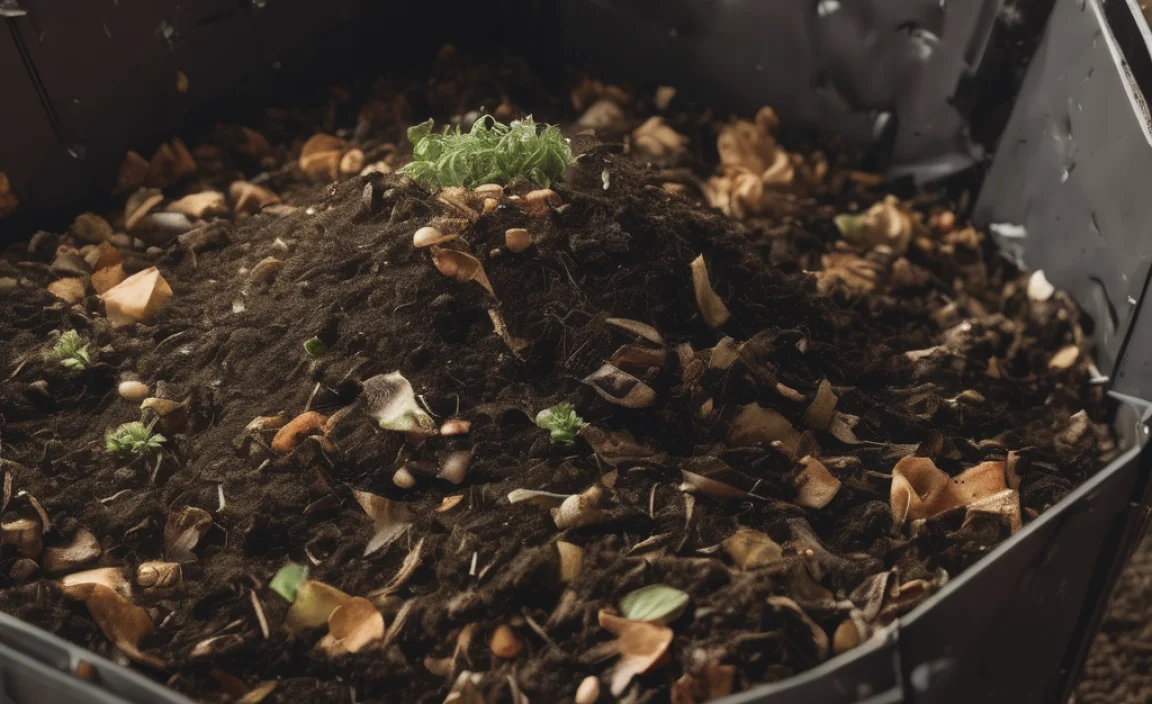
The type of composting system you choose will depend on your hotel’s size, resources, and available space. Here are a few common options that staff should be aware of:
1. On-Site Composting Systems
This involves managing the composting process right at your hotel. It requires space and dedicated staff time but offers the most control and potential cost savings.
a. Aerobic Composting Bins/Piles
This is the most common method. Organic waste is collected and layered in bins or piles. Regular turning or aeration is needed to introduce oxygen and speed up decomposition. For hotels, this might look like:
- Secured Bins: Large, rodent-proof bins are essential to keep pests out and odor contained. This is especially important in urban environments.
- Layering Greens and Browns: Staff need training on maintaining the right mix. Too many greens can lead to a slimy, smelly mess; too many browns can slow down the process.
- Moisture Control: The pile should be damp like a wrung-out sponge. Too dry, and decomposition stops; too wet, and it becomes anaerobic.
- Aeration: Turning the compost regularly with a pitchfork or using specialized aerating tools is vital.
A good resource for understanding composting principles can be found at the U.S. Environmental Protection Agency (EPA), which provides foundational knowledge applicable to larger scales.
b. In-Vessel Composting
This method uses enclosed containers or “vessels” to manage the composting process. It’s often more efficient, faster, and better at controlling odors and pests than open piles.
- Tumbling Composters: Large drums that can be tumbled to mix and aerate the contents.
- Static Pile/Bin Systems: Enclosed bins where forced aeration (using blowers) can significantly speed up decomposition.
2. Off-Site Composting (Third-Party Hauling)
Many hotels opt for this simpler approach. You gather your compostable materials, and a specialized service picks them up regularly and takes them to a commercial composting facility. This requires less hands-on management from your staff but incurs ongoing hauling fees.
Training focus for off-site composting:
- Proper Bin Usage: Ensuring only approved materials go into the designated collection bins.
- Collection Schedules: Knowing when and where bins should be placed for pickup.
- Contamination Prevention: The biggest training point here is to avoid contaminating the bins with non-compostable waste, as this can lead to rejection of the load or extra fees.
Essential Composting for Hotels Training Modules
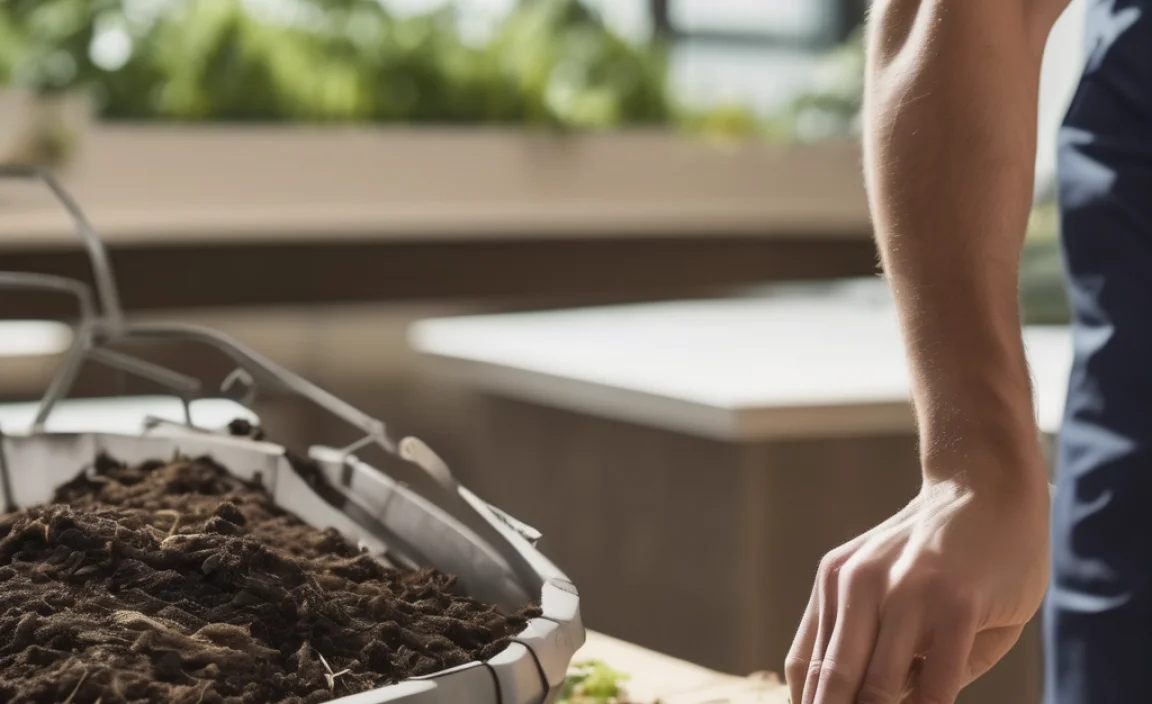
A comprehensive training program should cover several key areas. Here’s a breakdown of modules you can use:
Module 1: The “Why” and “What” of Hotel Composting
Objective: To understand the importance of composting and identify compostable materials.
- Introduction to composting and its environmental benefits.
- Hotel’s specific goals for composting (e.g., waste reduction targets, sustainability certifications).
- Detailed breakdown of “greens” and “browns” relevant to hotel waste streams (kitchen prep waste, pre-consumer food scraps, post-consumer plate scrapings if your program allows, paper products).
- Clear list of “what NOT to compost” with examples staff will encounter daily.
- Importance of avoiding contamination.
Module 2: Collection and Source Separation
Objective: To master the process of collecting and separating compostable waste correctly.
This is where practical, hands-on training is crucial. The process will vary depending on your hotel’s layout and existing waste management systems.
Step-by-Step Collection Process:
- Identify Compostable Streams: Where does compostable waste originate? (Kitchen, dishwashing area, restaurant dining, room service, bars, possibly guest rooms).
- Designated Bins: Place clearly marked compost bins in strategic locations within these areas. Use color-coding and clear signage. Bins should be easy to clean and rodent-resistant.
- Staff Habits: Train staff to scrape plates, pre-sort waste at the point of origin (e.g., kitchen prep stations).
- Waste Transfer: Establish a routine for emptying smaller compost bins into larger collection bins.
- Collection Schedule: Define who is responsible for collecting compost at set intervals to prevent overflow and odors.
- Storage: If doing on-site composting, ensure collection points are clean and secure. If using third-party haulers, ensure bins are accessible for pickup.
Key Training Points for Collection:
- Location, Location, Location: Compost bins need to be where the waste is generated.
- Clear Signage: Signs with pictures are incredibly effective for diverse teams.
- Frequency: How often do bins need to be emptied? This depends on waste volume and the type of bin and system.
- Hygiene: Emphasize cleaning bins regularly to prevent odors and pests.
Module 3: On-Site Composting Management (If Applicable)
Objective: To understand the basics of managing an on-site compost system.
- Understanding Your System: Whether it’s a simple pile, a bin, or an in-vessel system, staff need to know how it works.
- Balancing Greens and Browns: How to add materials to maintain the right carbon-to-nitrogen ratio. A simple ratio to aim for is roughly 2 parts browns to 1 part greens by volume.
- Moisture Monitoring: How to check if the compost is too wet or too dry and what to do about it.
- Aeration Techniques: How to turn the compost pile or operate aerating equipment. Frequency depends on the system, but often weekly turning is sufficient for basic piles.
- Troubleshooting: Recognizing common problems like odors, pests, or slow decomposition and knowing the basic fixes.
- Temperature Monitoring (Optional but Recommended): For more advanced systems, monitoring temperature can indicate that the composting process is working effectively, killing pathogens. Thermometers designed for compost are available.
Module 4: Contamination Prevention and Problem Solving
Objective: To identify and prevent contamination and address common composting issues.
- The Cost of Contamination: Explain how plastic, metal, or wrong food items can ruin compost batches and lead to rejection by third-party haulers.
- Visual Quizzes: Use pictures of common items and ask staff to identify if they are compostable or not.
- Common Issues:
- Odors: Usually caused by too many greens, lack of aeration, or wrong materials. Solutions: add browns, turn compost.
- Pests: Attracted by exposed food scraps or certain materials (like meat/dairy). Solutions: cover food scraps with browns, use secure bins, remove prohibited items.
- Slow Decomposition: Often due to lack of moisture, nitrogen, or aeration. Solutions: add water, add greens, turn compost.
- Reporting: How to report contamination issues or problems with the composting system.
Module 5: Record Keeping and Reporting
Objective: To understand the importance of tracking compostable waste and reporting results.
- Tracking Waste Volume: How to measure or estimate the amount of compostable waste being diverted.
- Logistics: Recording pickup dates, bin contents (if applicable), and any issues encountered.
- Reporting to Management: How to communicate program status, successes, and challenges. This data is vital for demonstrating progress and making improvements.
Tools and Equipment for Hotel Composting
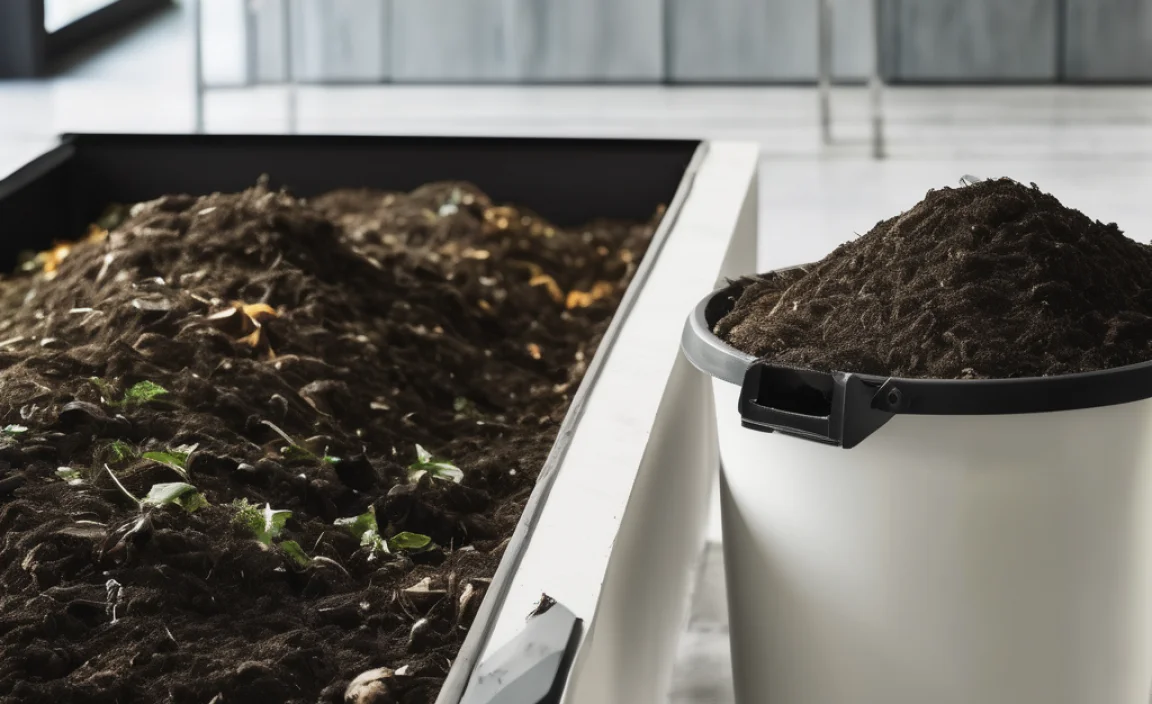
Depending on your chosen system, your staff might need specific tools:
| Equipment | Description | When It’s Needed |
|---|---|---|
| Clearly Labeled Bins | Various sizes – small countertop bins for kitchens, larger rolling carts for collection points. Must be durable and easy to clean. | All systems. Essential for source separation. |
| Clearly Labeled Signage | Posters with pictures and text identifying what goes in the compost bin. Motivational messages. | All systems. Crucial for consistent training and use. |
| Pitchforks or Compost Aerators | Heavy-duty tools for turning and aerating compost piles. | On-site aerobic composting (bins/piles). |
| Wheelbarrows | For moving compost materials and finished compost (if applicable). | On-site composting. |
| Hoses and Water Source | For managing moisture levels in on-site systems. | On-site composting. |
| Compost Thermometer (Optional) | To monitor internal temperatures of the compost pile. | On-site composting aiming for pathogen kill. |
| Personal Protective Equipment (PPE) | Gloves, sturdy footwear. | All on-site composting activities. |
| Scales (Optional) | For accurately weighing waste if detailed tracking is needed. | All systems, for detailed reporting. |
Investing in the right tools makes the job easier and more efficient for your staff. For guidance on composting equipment, you can often find helpful information from organizations like your local EPA regional office or university extension programs.
Implementing Your Training Program
Getting your staff trained effectively requires a structured approach:
1. Develop Training Materials
Create easy-to-understand guides, presentations, and visual aids. Incorporate photos of actual waste items found at your hotel.
2. Schedule Training Sessions
Break training into manageable sessions. Consider different shifts and roles within the hotel (kitchen staff, housekeeping, F&B, maintenance).
3. Hands-On Practice
The best training involves doing. Have staff practice sorting waste, using bins, and managing the compost (if on-site).
4. Ongoing Reinforcement
Composting is a habit. Regularly remind staff, provide feedback, and celebrate successes. Visual cues in work areas are essential.
5. Assign “Compost Champions”
Designate enthusiastic individuals in each department to be points of contact for questions and to help reinforce proper practices.
6. Regular Audits and Feedback
Periodically audit waste bins to check for contamination. Provide constructive feedback to individuals or teams as needed. This helps refine the process.
Composting for Hotels Training: What Staff Should Know
Here’s a summary of key takeaways for your hotel staff:
- The Goal: Reduce waste, help the environment, save money.
- What Goes In: All food scraps (fruits, vegetables, coffee, tea), paper napkins/towels (unsoiled or lightly soiled). Think “greens” and “browns.”
- What Stays Out: No meat, dairy, fats, oils, plastics, metals, glass. Seriously, these mess things up.
- Where to Put It: Use the clearly marked compost bins in their work areas.
- Why it Matters: Contamination ruins compost and costs the hotel money.
- If Doing On-Site: Keep the compost moist, turn it regularly, and cover food scraps with browns.
- Ask Questions: If unsure, always ask a supervisor or a designated “Compost Champion.”
.lwrp.link-whisper-related-posts{
margin-top: 40px;
margin-bottom: 30px;
}
.lwrp .lwrp-title{
}.lwrp .lwrp-description{
}
.lwrp .lwrp-list-container{
}
.lwrp .lwrp-list-multi-container{
display: flex;
}
.lwrp .lwrp-list-double{
width: 48%;
}
.lwrp .lwrp-list-triple{
width: 32%;
}
.lwrp .lwrp-list-row-container{
display: flex;
justify-content: space-between;
}
.lwrp .lwrp-list-row-container .lwrp-list-item{
width: calc(25% – 20px);
}
.lwrp .lwrp-list-item:not(.lwrp-no-posts-message-item){
max-width: 150px;
}
.lwrp .lwrp-list-item img{
max-width: 100%;
height: auto;
object-fit: cover;
aspect-ratio: 1 / 1;
}
.lwrp .lwrp-list-item.lwrp-empty-list-item{
background: initial !important;
}
.lwrp .lwrp-list-item .lwrp-list-link .lwrp-list-link-title-text,
.lwrp .lwrp-list-item .lwrp-list-no-posts-message{
}@media screen and (max-width: 480px) {
.lwrp.link-whisper-related-posts{
}
.lwrp .lwrp-title{
}.lwrp .lwrp-description{
}
.lwrp .lwrp-list-multi-container{
flex-direction: column;
}
.lwrp .lwrp-list-multi-container ul.lwrp-list{
margin-top: 0px;
margin-bottom: 0px;
padding-top: 0px;
padding-bottom: 0px;
}
.lwrp .lwrp-list-double,
.lwrp .lwrp-list-triple{
width: 100%;
}
.lwrp .lwrp-list-row-container{
justify-content: initial;
flex-direction: column;
}
.lwrp .lwrp-list-row-container .lwrp-list-item{
width: 100%;
}
.lwrp .lwrp-list-item:not(.lwrp-no-posts-message-item){
max-width: initial;
}
.lwrp .lwrp-list-item .lwrp-list-link .lwrp-list-link-title-text,
.lwrp .lwrp-list-item .lwrp-list-no-posts-message{
};
}

I am passionate about home engineering. I specialize in designing, installing, and maintaining heating, ventilation, and air conditioning systems. My goal is to help people stay comfortable in their homes all year long.

